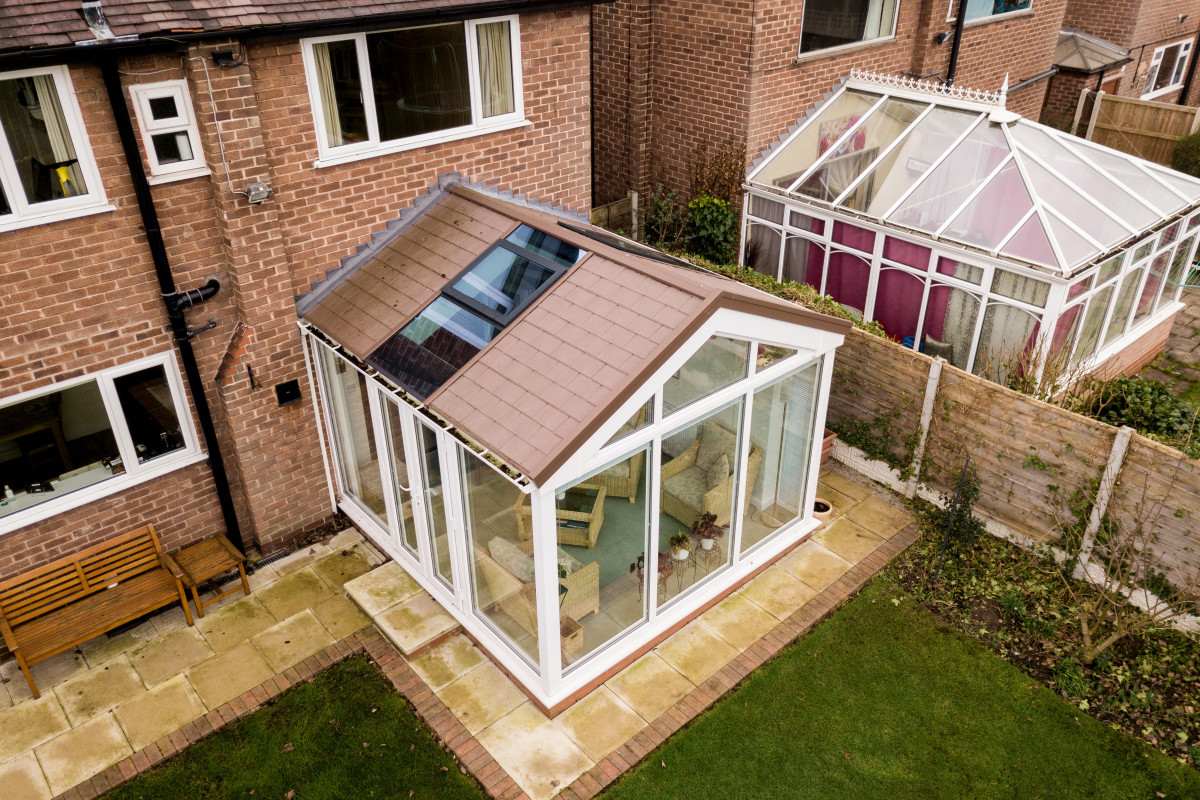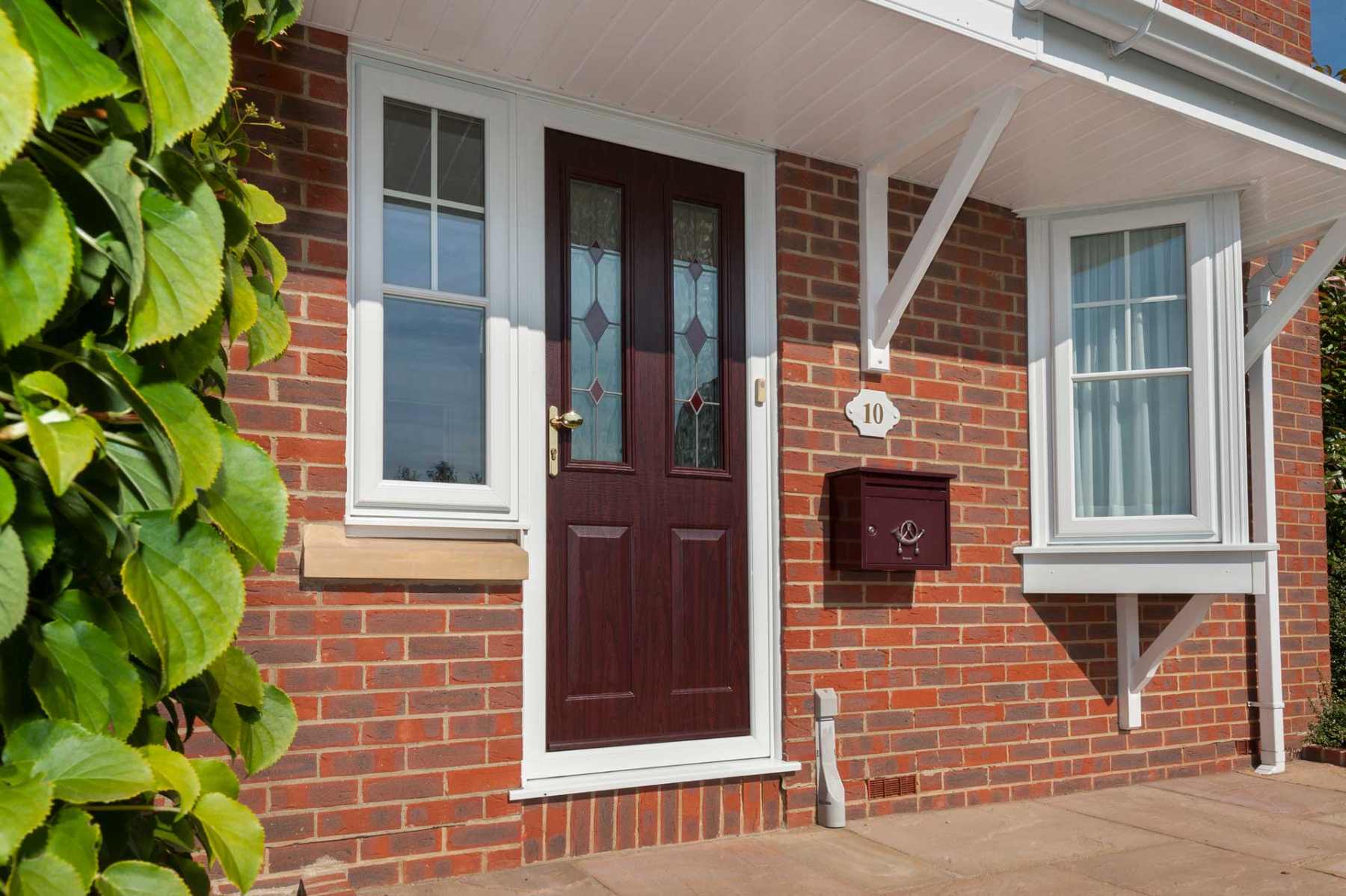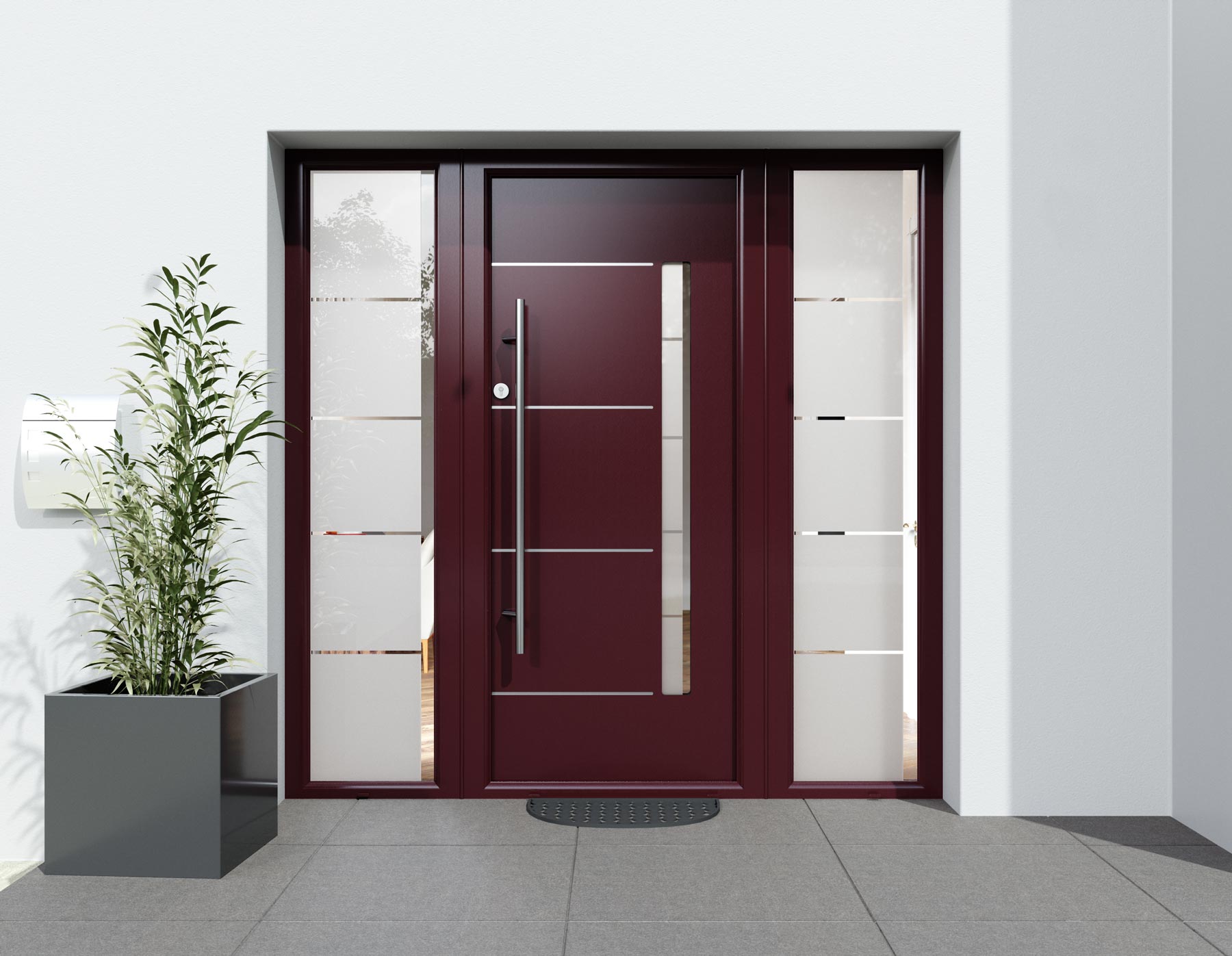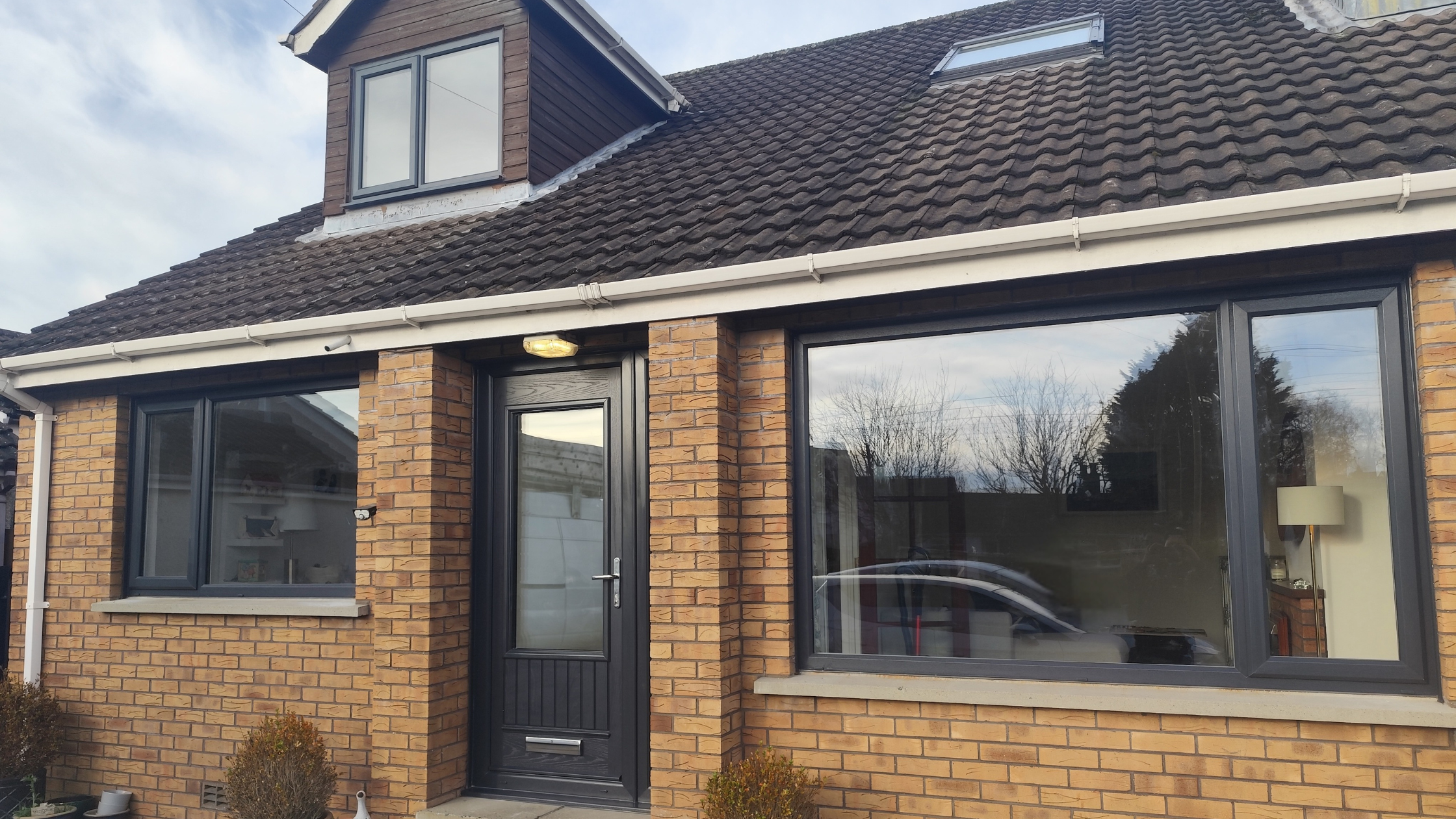Transforming your home with a conservatory can be one of the most rewarding decisions you make, seamlessly blending indoor comfort with the beauty of the outdoors. However, with a plethora of styles and designs available, choosing the perfect conservatory can feel overwhelming. This comprehensive guide is here to simplify that process for you. From traditional Edwardian and Victorian structures to contemporary lean-to conservatories and orangeries, we will explore the myriad of options that cater to both aesthetics and functionality. Whether you envision a sun-soaked sanctuary for relaxation, a vibrant play area for the kids, or a stylish space for entertaining guests, understanding the key elements of design and materials is essential. Join us as we delve into expert tips, inspiration, and practical considerations that will help you create a conservatory that enhances your home and reflects your personal style. Your dream space awaits!
Enhance Your Home’s Comfort and Value
Conservatories have long been cherished as a bridge between the comfort of indoor living and the natural beauty of the outdoors. Originally conceived in the 16th century as spaces for cultivating plants, they have evolved to become versatile additions to homes. A conservatory is typically a room with glass walls and a glass roof, designed to maximise natural light and provide a panoramic view of the garden. Whether used as a sunroom, greenhouse, or additional living space, conservatories offer a unique blend of functionality and aesthetic appeal.
The primary purpose of a conservatory has expanded over the years to encompass a variety of uses. Modern homeowners use these spaces as dining areas, lounges, home offices, or even playrooms for children. The ability to customise the space according to personal needs makes conservatories an attractive option for those looking to enhance their living environment. Whether you are looking to create a tranquil retreat or an energetic family space, a conservatory can be tailored to meet your specific requirements.
Aside from their functional benefits, conservatories also play a significant role in increasing the value of a property. A well-designed conservatory can boost a home’s market appeal, making it more attractive to potential buyers. The additional square footage and the luxurious feel that a conservatory provides are valuable assets in the property market. Therefore, investing in a conservatory is not only about enhancing your current living experience but also about making a smart financial decision for the future.
Benefits of Adding a Conservatory to Your Home
Adding a conservatory to your home comes with a myriad of benefits that extend beyond mere aesthetics. One of the most significant advantages is the increase in natural light. The expansive glass walls and ceilings of a conservatory allow for an abundance of sunlight to flood the space, creating a bright and inviting atmosphere. Natural light has been proven to improve mood, increase productivity, and promote overall well-being, making a conservatory a valuable addition to any home.
Another big advantage of a conservatory is how it connects indoor and outdoor spaces. This lets homeowners enjoy their garden’s beauty all year round, no matter the weather. Whether it’s a sunny summer day or a rainy autumn afternoon, a conservatory offers a comfortable place to appreciate the changing seasons. This indoor-outdoor living is especially appealing to those who love nature and want to bring it into their everyday lives.
Furthermore, a conservatory offers additional living space that can be used for a variety of purposes. Whether you need a quiet place to read, a spacious area for entertaining guests, or a versatile space for hobbies and activities, a conservatory can be adapted to suit your needs. This flexibility makes it a valuable addition to any home, providing extra room that can enhance your lifestyle and accommodate your changing needs over time.
Top Considerations for Your Conservatory Design
Selecting the perfect conservatory design requires careful consideration of several key factors to ensure that the final result meets your needs and complements your home. One of the first aspects to consider is the purpose of the conservatory. Identifying how you intend to use the space will help guide your design choices. For instance, a conservatory intended as a dining area may require a different layout and furnishings compared to one designed as a home office or relaxation space.
The size and shape of the conservatory are important things to think about. The space in your garden and the layout of your home will affect how big and what shape the conservatory can be. It’s important to measure the area carefully and consider any existing buildings or plants that might affect the design. Also, the conservatory should be in proportion to the rest of the house to create a balanced and pleasing look.
Another important consideration is the orientation of the conservatory. The direction in which your conservatory faces will affect the amount of sunlight it receives throughout the day. For example, a south-facing conservatory will receive the most sunlight, making it ideal for those who enjoy a bright and warm space. Conversely, a north-facing conservatory may require additional heating and insulation to maintain a comfortable temperature. Understanding the impact of orientation on light and temperature will help you make informed decisions about the design and materials of your conservatory.
Which Conservatory Style Suits Your Home?
When it comes to choosing a conservatory style, there are several popular options to consider, each with its unique charm and characteristics. Victorian conservatories are one of the most recognisable styles, featuring ornate detailing, a steeply pitched roof, and a bay front with three or five facets. This classic design exudes elegance and sophistication, making it a timeless choice for those who appreciate traditional architecture.
Edwardian conservatories, on the other hand, offer a simpler and more understated design compared to their Victorian counterparts. Characterised by a rectangular or square shape, an Edwardian conservatory provides a spacious and practical layout that maximises the use of available space. The clean lines and minimalist detailing make this style a versatile option that can seamlessly blend with both period and modern homes.
For those seeking a contemporary look, lean-to conservatories are an excellent choice. Also known as sunrooms or garden rooms, lean-to conservatories feature a single-sloped roof that leans against the exterior wall of the house. This design is ideal for homes with limited space or for those looking to create a modern and sleek addition. The simplicity of the lean-to style allows for easy integration with various architectural styles, making it a popular choice for modern homeowners.
Orangeries are another stylish option that combines the characteristics of a conservatory and an extension. Traditionally used for growing citrus trees, orangeries feature a brick or stone base with large windows and a glass roof. This design offers a more substantial and solid structure compared to a typical conservatory, providing excellent insulation and a luxurious feel. Orangeries are perfect for those looking to create a grand and elegant space that serves as an extension of their home.
Materials Matter: Comparing Glass, uPVC, and Timber
The choice of materials for your conservatory is a critical decision that will impact its appearance, durability, and energy efficiency. Glass, uPVC, and timber are the most common materials used in conservatory construction, each offering distinct advantages and considerations.
Glass is the most popular material for conservatory walls and roofs due to its ability to maximise natural light and provide unobstructed views of the garden. Modern advancements in glazing technology have made glass conservatories more energy-efficient and thermally efficient, with options such as double or triple glazing and low-emissivity (Low-E) coatings. However, it’s essential to consider factors such as heat retention, glare, and privacy when choosing glass for your conservatory.
uPVC (unplasticised polyvinyl chloride) is a widely used material for conservatory frames due to its affordability, low maintenance, and durability. uPVC frames are available in various colours and finishes, allowing for customisation to match the style of your home. They are also resistant to rot, corrosion, and weathering, making them an excellent choice for long-term use. However, uPVC may not offer the same level of aesthetic appeal as timber or aluminium frames, and its environmental impact is a consideration for some homeowners.
Timber frames offer a timeless and natural look that can enhance the beauty of any conservatory. Wood is a renewable and sustainable material that provides excellent insulation and a warm, inviting atmosphere. Timber conservatories can be customised with various finishes and treatments to protect against weathering and pests. However, timber requires regular maintenance, such as painting or staining, to preserve its appearance and longevity. The higher cost and upkeep of timber may be a consideration for those seeking a low-maintenance option.
Planning Permissions and Regulations for Conservatories
Before starting your conservatory project, it’s important to understand the planning permissions and regulations that may apply to your build. In many cases, conservatories are considered permitted development, meaning they don’t need formal planning permission. However, there are specific criteria to meet, such as size limits, distance from boundaries, and the height of the structure.
If your conservatory does not meet the criteria for permitted development, you will need to apply for planning permission from your local council. This process requires submitting detailed plans and specifications for review, which can take several weeks or even months to get approved. It is vital to consider this timeline when planning your project to avoid delays. Consulting with a professional architect or conservatory specialist can help ensure your design complies with local regulations and increases your chances of approval.
Additionally, there are building regulations that must be followed for conservatory construction. These regulations cover aspects like structural safety, energy efficiency, and ventilation. While conservatories are generally exempt from building regulations if they are separated from the main house by external-quality doors and have independent heating, it’s essential to ensure your build meets all relevant standards. Working with reputable contractors and suppliers can help you navigate these requirements and ensure a compliant and safe construction process.
How to Blend Your Conservatory with Your Existing Home
Creating a harmonious connection between your conservatory and your existing home is essential for achieving a cohesive and integrated look. One of the key considerations is the architectural style of your home. The design of your conservatory should complement the existing structure, whether it’s a period property or a modern build. Matching elements such as roof pitch, window styles, and exterior finishes can help create a seamless transition between the old and new.
The choice of materials and colours is another crucial factor in blending your conservatory with your home. Selecting materials that match or complement the existing building can create a unified appearance. For example, if your home has timber windows, choosing timber frames for your conservatory can enhance the overall aesthetic. Similarly, coordinating the colour of the conservatory frames with the existing paintwork or brickwork can create a cohesive look.
Landscaping and garden design also play a significant role in integrating your conservatory with your home. Consider how the conservatory will interact with the surrounding garden and outdoor spaces. Creating a patio, decking area, or pathways that lead to the conservatory can enhance the sense of connection between indoor and outdoor living. Additionally, incorporating plants, shrubs, and other greenery around the conservatory can soften the transition and create a natural flow between the spaces.
Interior Design Tips for Your New Conservatory
Designing the interior of your conservatory is an exciting opportunity to create a space that reflects your personal style and meets your functional needs. One of the first steps is to consider the purpose of the room and how you intend to use it. Whether it is a place for the kids to have all their toys, a home office, or an elegant dining space, the design should cater to your specific requirements.
Furniture selection is a crucial aspect of conservatory interior design. Opt for pieces that are both comfortable and durable, as the space will be exposed to fluctuating temperatures and sunlight. Rattan or wicker furniture has been a popular choice for conservatories due to its natural look and resilience. Incorporating soft furnishings such as cushions, throws, and rugs can add warmth and comfort to the space.
Lighting is another important element to consider. While natural light will be abundant during the day, it’s essential to plan for adequate lighting in the evenings. Layering different types of lighting, such as ceiling lights, floor lamps, and table lamps, can create a warm and inviting ambiance. Additionally, consider installing blinds or curtains to control the amount of sunlight and provide privacy when needed.
Maintenance and Care for Your Conservatory
Maintaining your conservatory is essential to ensure its longevity and keep it looking its best. Regular cleaning and upkeep will help prevent issues such as mould, mildew, and structural damage. One of the most important aspects of conservatory maintenance is cleaning the glass panels. Dirt, dust, and debris can accumulate on the glass, reducing its clarity and overall appearance. Using a mild detergent and a soft cloth, clean the glass regularly to keep it sparkling and clear.
Checking the conservatory’s frame and roof is important to keep it strong and safe. Look for any signs of damage, like cracks, leaks, or rust, and fix any problems quickly. Wooden frames might need regular painting or staining to protect them from the weather and pests, while uPVC and aluminium frames can be easily cleaned with soap and water to keep them looking nice.
Good ventilation is key to stopping condensation and keeping the air healthy inside the conservatory. Make sure windows and vents are working properly and consider using dehumidifiers or fans if needed. It’s also important to manage the temperature inside for comfort and maintenance. Installing blinds or shades can help control the temperature and protect your furniture from too much sunlight.
Conclusion: Making the Right Choice for Your Home
Choosing the perfect conservatory design involves a careful balance of aesthetics, functionality, and practical considerations. By understanding the different styles, materials, and regulations, you can make informed decisions that will enhance your home and meet your needs. Whether you opt for a traditional Victorian conservatory, a sleek lean-to design, or a grand orangery, the key is to create a space that reflects your personal style and complements your existing home.
Investing in a conservatory is a significant decision that can transform your living environment and add value to your property. With the right planning and attention to detail, your conservatory can become a cherished space where you can relax, entertain, and enjoy the beauty of the outdoors. By considering factors such as orientation, size, materials, and interior design, you can create a conservatory that is both beautiful and functional.
The perfect conservatory is one that enhances your lifestyle and brings joy to your daily life. Whether you are seeking a peaceful retreat in Antrim, a vibrant family space, or a stylish entertaining area in Belfast, the possibilities are endless. With careful planning, expert advice, and a clear vision, your dream conservatory can become a reality, transform your home, and provide a space that you will cherish for years to come.
Start Your Quote!
Find prices for your home improvements with our free online quoting tool today!








